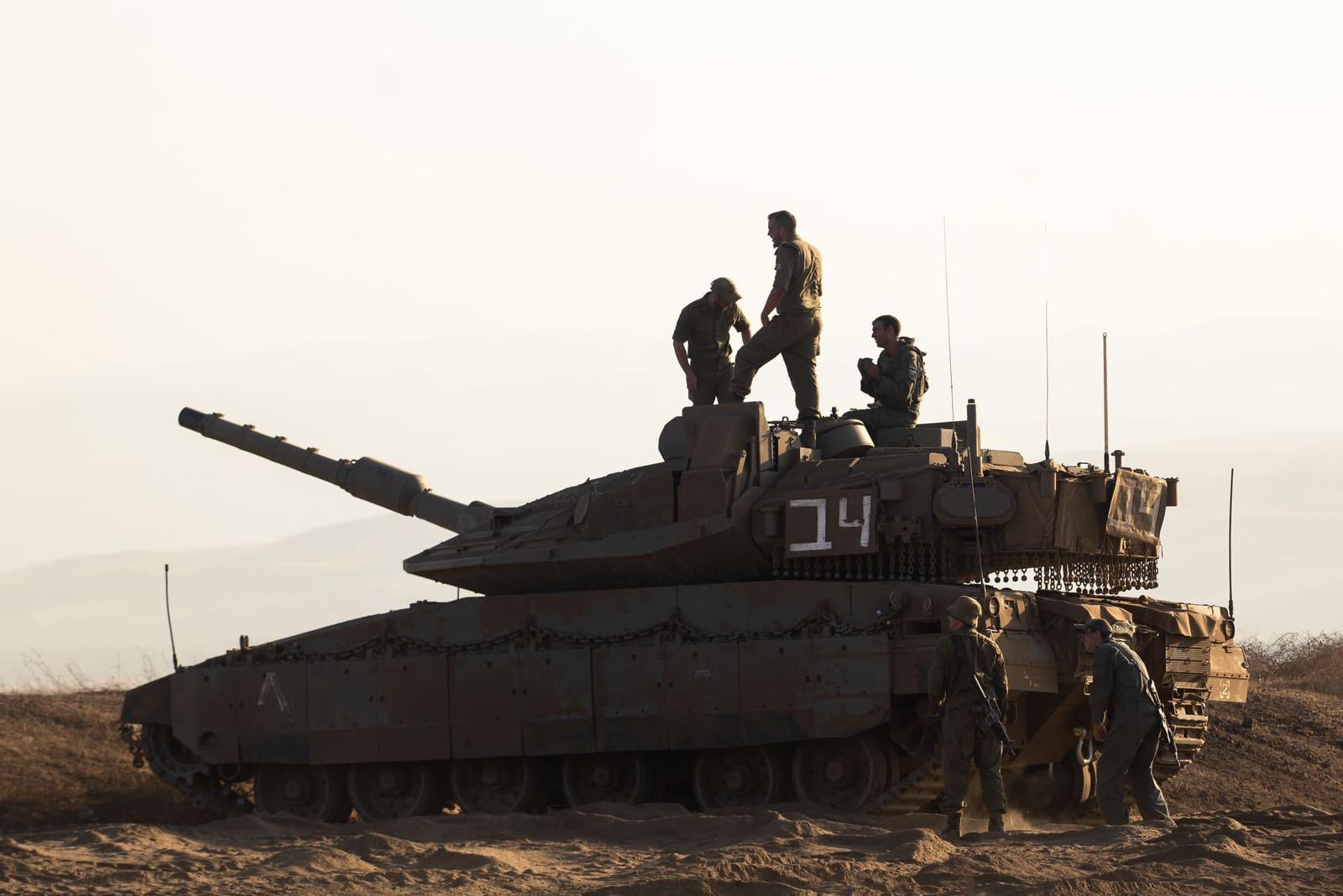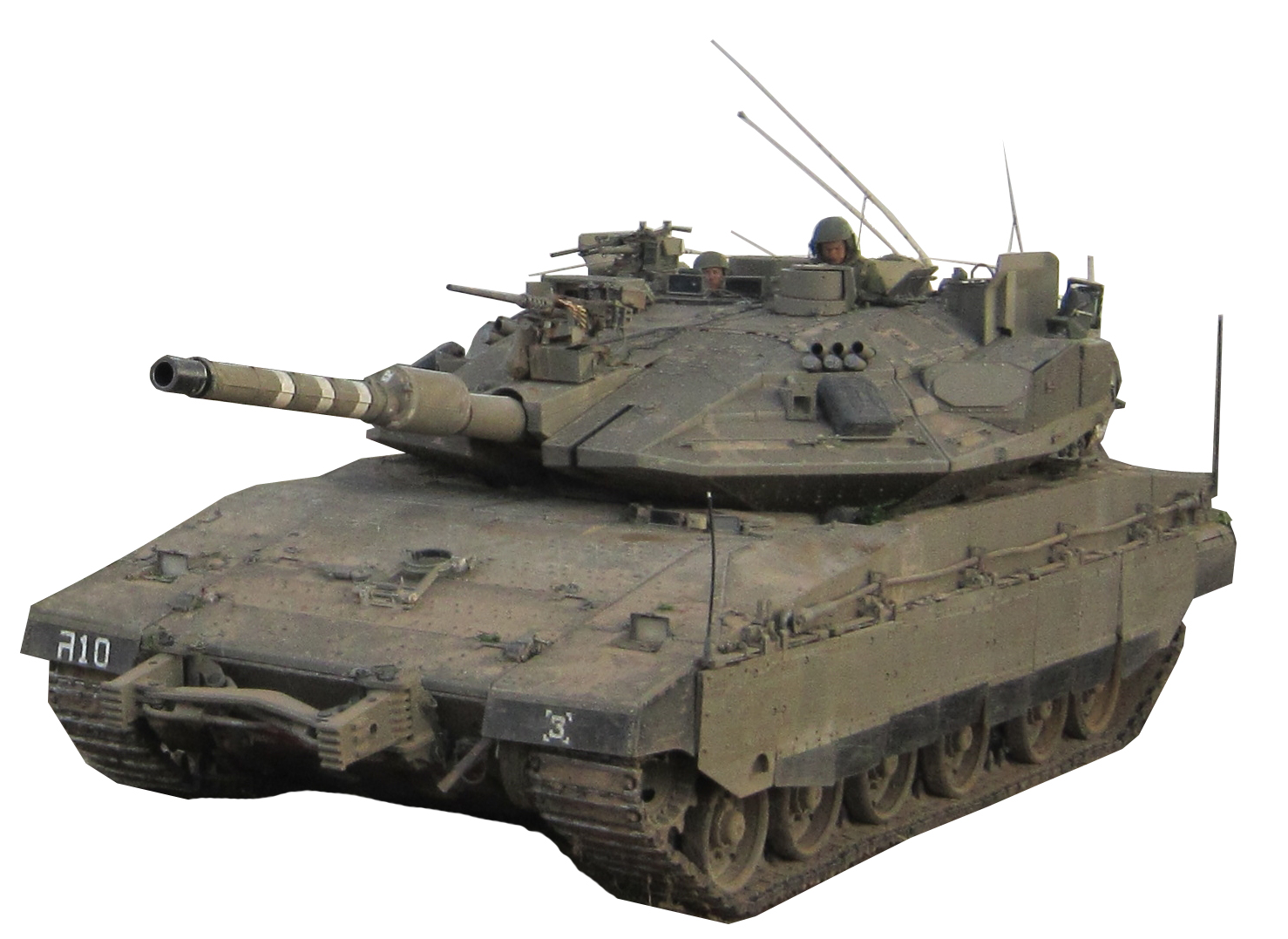
Israel possesses a formidable tank force, boasting an estimated arsenal of more than 2,200 tanks that include modern and upgraded variants. These tanks are operated by combat-ready armored units, highlighting Israel’s dedication to safeguarding its security and deterrence capabilities.
5th Gen Merkava Barak V


Merkava Mk IV
Merkava Mk III

Merkava Mk II

Merkava Mk I

Magach 7C (7 Gimel)

